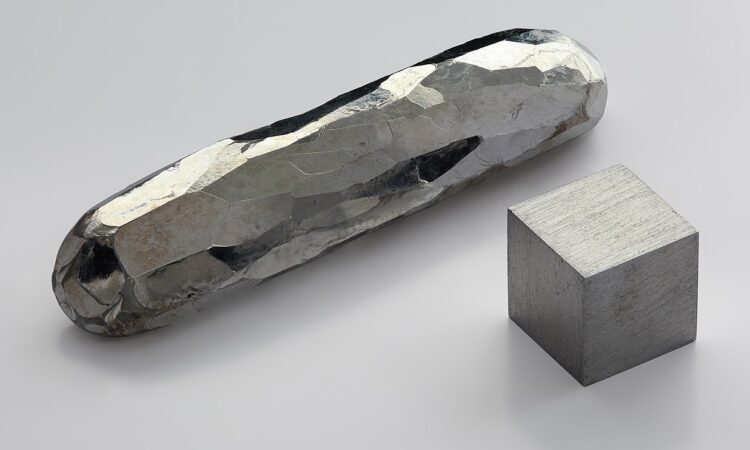Authors: Chun-Kit Au, Stefan Nagl, and Wan Chan
Journal: Chemical Research in Toxicology
Year: 2024
Cover image credit: Alchemist-hp
Aristolochic acid increases the risk of Balkan endemic nephropathy, a disease associated with tumors around the kidneys and urinary track. However, this disease shows up only in a very localized manner in villages in several eastern European countries. Aristolochic acid causes disease by binding to DNA in human cells. Researchers from The University of Science and Technology, Kowloon in Hong Kong set out to explore why this disease appears only in certain areas.
They postulated that the effect of aristolochic acid might be increased or decreased by exposure to certain metals, because many of the affected areas are close to coal mines that release metals into the environment. To test this, they exposed human cells in a petri dish to aristolochic acid and up to one metal and measured the rate of DNA binding. They found DNA bound to aristolochic acid more quickly if cadmium was present but less quickly if copper or calcium was present.
The researchers propose that copper decreased the toxicity of the compound by inhibiting the expression of the gene that codes for the enzyme that turns aristolochic acid into a highly reactive chemical that reacts quickly with DNA. Without that highly reactive intermediate being formed, the pollutant is not able to damage DNA. The copper also seemed to help prevent aristolochic acid from crossing the cell membrane in the first place, because less of the compound was found inside the cells that were treated with copper.
Figure 2: Left: NQO1 enzyme that transforms aristolochic acid into the reactive intermediate (right) that binds to DNA. (Figure Credit)
Cadmium seemed to have the opposite effect of copper. When the concentration of aristolochic acid inside cells was measured used a technique called LC-MS/MS, which separates the different chemicals in a sample and determines the amount of each, cells treated with cadmium were found to have an increased concentration of aristolochic acid inside. That may be because of an interaction between cadmium and membrane proteins that help transport the aristolochic acid. There was also evidence that cells treated with cadmium took longer to remove DNA damaged by aristolochic acid than cells that were not treated with cadmium. This suggests that the metal may be inhibiting the work of enzymes that identify damaged DNA so it can be removed and repaired.
Cadmium is one of the pollutants that can be released by coal mining operations, so understanding its role in Balkan Endemic Nephropathy disease development can help us understand which communities are most at risk and why. In the long term, this allows interventions to be targeted to protect the health and well-being of the affected communities.





